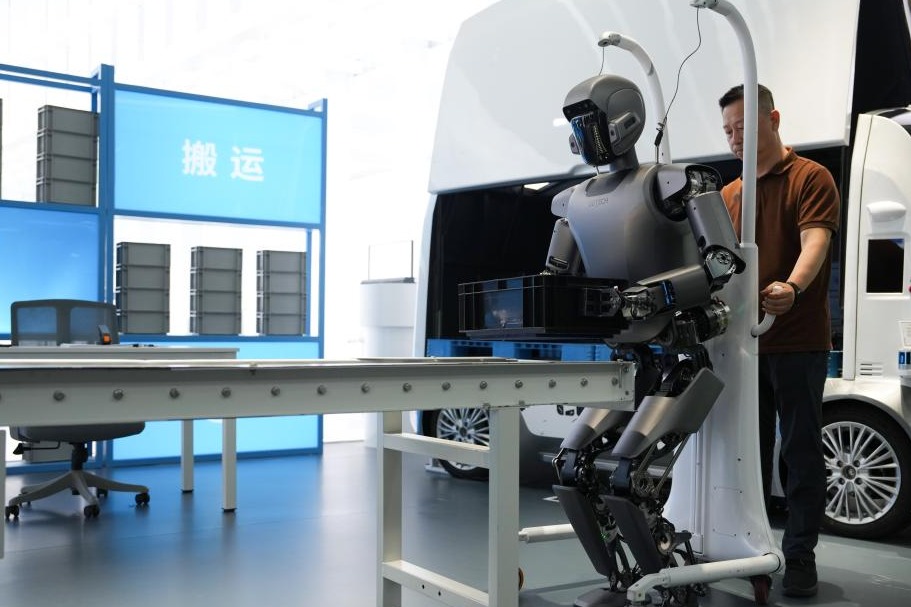A train that came from history's station

The early morning mist on Aug 24 created an almost eerie atmosphere, accentuated by the silhouettes of the locomotive garage at Jiangjia train station in Matian township, Yongxing county, Chenzhou city, Central China's Hunan province.
Huang Chengde, a veteran train driver, rode, as usual, a motorcycle to work at the No 762 narrow gauge locomotive garage, which houses four 380-horsepower diesel locomotives. The mist blurred the edges of the building. Huang tiptoed into the garage for fear of disturbing the morning tranquillity.
The "Taihang" brand logos on the front of the locomotives, hidden in thick rust, shimmered and disappeared as if it had never been visible in the first place. The mottled wagons record the vicissitudes of the narrow-gauge train.
The narrow gauge railway, affiliated to the Supply and Marketing Company of Matian Mining Co, Ltd is located in Yongxing county. Built in 1962, it is mainly responsible for the supply of large-scale materials inside the mine and the export of coal. The railway gauge is only 762 mm (the standard railway gauge is 1,432 mm). When it was completed in 1962, the total length was 15.8 kilometers with seven small stations and two sets of locomotives operating 24 hours a day. The original locomotives were 18 tons.
In 1987, they were replaced by 28-ton steam locomotives. Since 1991, they were upgraded to 380-horsepower diesel locomotives.
In its heyday, this railway undertook the task of transporting more than 800,000 tons per year from Matian coal mine. Several freight cargoes, road maintenance cars and rail wagons shuttled back and forth on this narrow gauge with more than 240 train crews. In the 1980s, the coal mine also added a passenger train to facilitate the travel of nearly 20,000 employees and nearby residents in the mining area. Over 50 years of operation, it has transported more than 30 million tons of coal, and occupies a pivotal position in local economic development.
In recent years, as the volume of transportation has decreased and the coal mine has been transformed into an enterprise and laid off staff accordingly. Just 37 members of staff have been kept for operation of the narrow-gauge railway. Only two trains run regularly on the 11.15-kilometer narrow gauge between the Sieving factory station and the Xinxingjing mine section. They run three to six times a day, and the annual transportation volume remains about 400,000 tons.
Compared with automobile transportation, narrow-gauge railway transportation boasts lower costs and a higher guarantee of safety. "At present, it is the last narrow-gauge railway in operation in Hunan province.
"As component manufacturing for narrow-gauge railways has basically been discontinued domestically, and the drivers and passengers are reaching their senior years, coupled with the tough work conditions and low salaries, it is difficult to find young successors and continue to operate. We could barely keep the line running," says Li Zhenjun, general manager of the Supply and Marketing Company of Martian Mining Co, Ltd. "A few years ago, someone proposed to dismantle the narrow-gauge railway, and we strongly opposed it. It was heart wrenching to watch many of our steam locomotives being sold."
It is understood that there are only a handful of narrow-gauge railways remaining in China, including the Jiayang narrow gauge in Qianwei county, Southwest China's Sichuan province. Built in 1958, it has a total length of 19.8 kilometers, a gauge of 762 mm, six tunnels, 109 arcs and a maximum slope of 36 radians. The passenger steam train is dubbed "the living fossil of China's industrial revolution", and a national treasure even more precious than the giant panda. The railway has lost their original function and developed into tourist route.
The Bee Rock station has been transformed into an open-air locomotive museum promoting train history and culture. The exhibition hall introduces and showcases the development history of world trains and the unique culture of Jiayang narrow gauge.

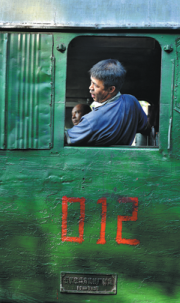

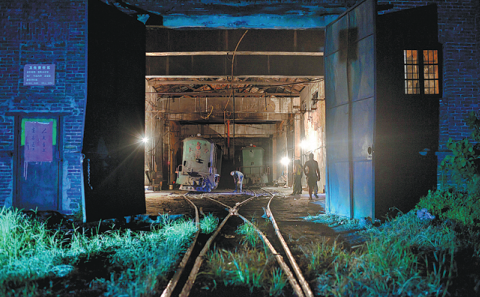
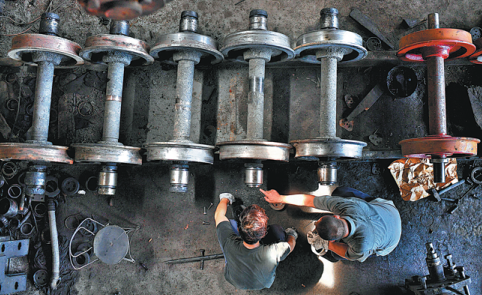


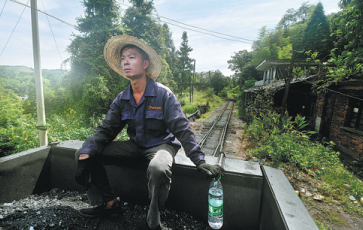

Today's Top News
- Grassroots Party units continue to play key role
- Global investors double down on Chinese assets
- FM's visit to Europe seen as boosting ties
- Liar's speeches reflect separatists' desperation: China Daily editorial
- Shared responsibility to contribute valuable stability and certainty to a turbulent world
- Xi stresses advancing full, rigorous Party self-governance through forging good conduct























